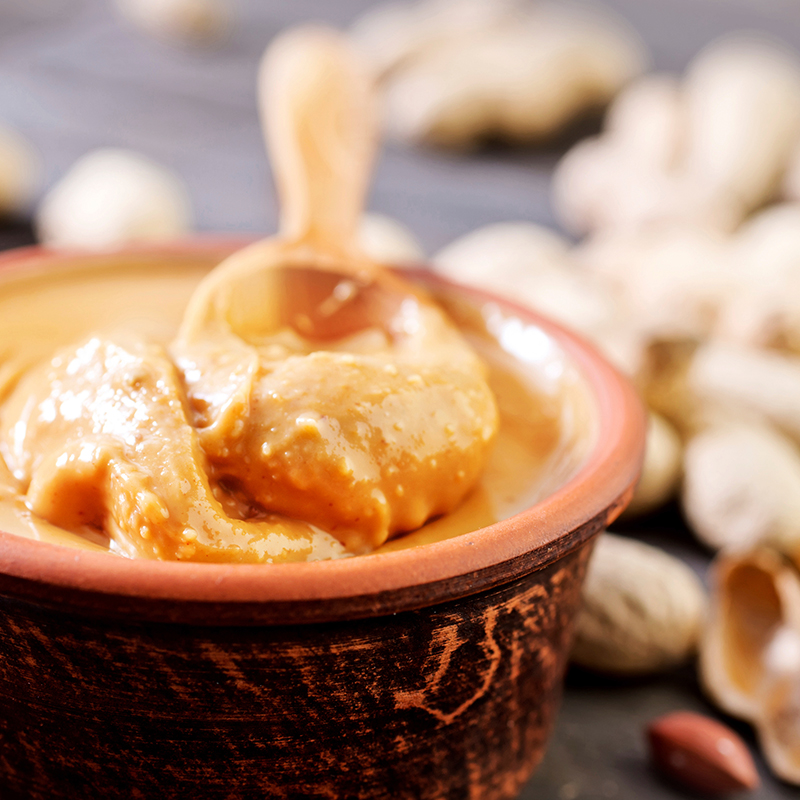Many if not most of the food products you buy have labels. If you were to read and consider every word on every label, it would take you all day to shop for groceries.
Fortunately, this isn’t necessary. These five tips will help you decide what to buy and what not to buy in scarcely more time than it takes to read a stop sign.
1. The best label is no label
Some types of products are required to carry labels with nutrition facts and a list of ingredients. Others are not. Those that aren’t include fresh produce and fresh fish and meats.
It so happens that these natural, whole, unprocessed foods are some of the healthiest foods you can eat.
So if most of the foods in your shopping cart have no labels, you’re doing well.
2. The fewer ingredients, the better

Products with few ingredients tend to be closer to their whole, natural, unprocessed form than are products with lots of ingredients.
For example, the jar of natural peanut butter I have in my refrigerator contains the following ingredients: peanuts, salt. The leading brand of peanut butter contains these same ingredients plus sugar and hydrogenated vegetable oil. The natural peanut butter is healthier, as are most products with fewer ingredients—so look for them.
3. Ignore “health halos”
A health halo is a phrase found on the front of a product label that is intended to make consumers think that the product is healthier than it is. Virtually anything can be made to seem healthy in this way. For example, a can of soda that contains 40 grams of sugar is “Fat Free!”
Ignore all such information on the front of product labels and focus on the legally required information on the back.

4. Avoid added sugars, oils
You could drive yourself nuts trying to identify and avoid every possible “bad” ingredient that could appear on a product label. Fortunately, it’s just not necessary. It’s okay to consume an unpronounceable preservative here and there—doing so won’t cause you to suffer any negative health consequences.
Stay focused instead on the few “bad” ingredients that people really do consume too much of, and that’s added sugars and oils. The peanut butter example I gave earlier in this article is a good one. Again, the natural product contains only peanuts and salt.
The popular brand also contains sugar and hydrogenated vegetable oil—two completely unnecessary extras that and a lot of calories and no real nutrition.
Added sugars and oils are everywhere in packaged foods these days. Making a consistent effort to steer around them will make a big difference for your body.
5. Look for whole grains
Reading labels is not all about looking out for and avoiding bad stuff. It’s also about seeking and choosing good stuff. Whole grains, which are proven to
lower the risk of type 2 diabetes, are high on this list.
Many grain-based products are made with refined grains or a mix of refined and whole grains. Try to choose products that are made entirely with whole grains. For example, look for “100% whole wheat” on bread labels.



